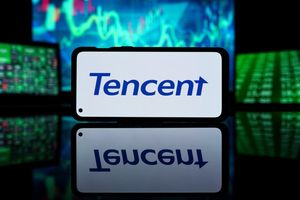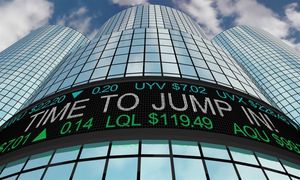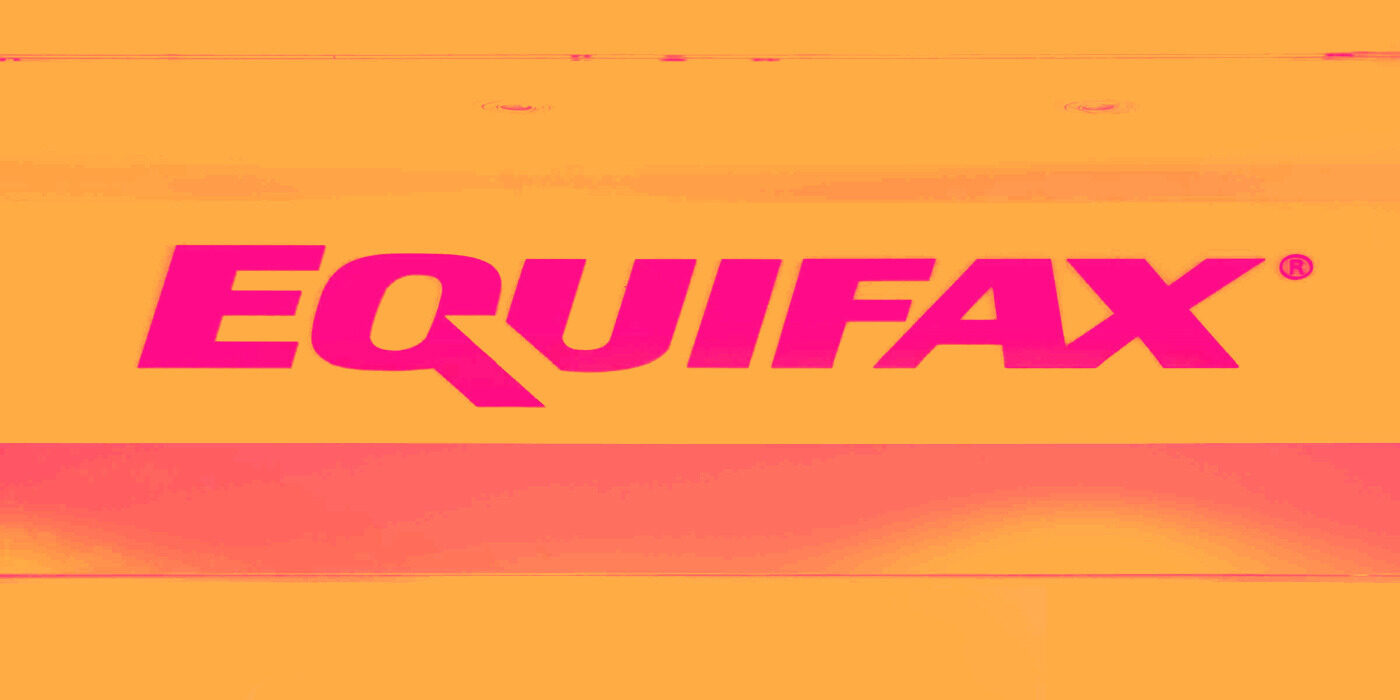
Although the S&P 500 is down 4.1% over the past six months, Equifax’s stock price has fallen further to $240.47, losing shareholders 18.2% of their capital. This was partly driven by its softer quarterly results and may have investors wondering how to approach the situation.
Is now the time to buy Equifax, or should you be careful about including it in your portfolio? Get the full breakdown from our expert analysts, it’s free.
Even though the stock has become cheaper, we don't have much confidence in Equifax. Here are three reasons why there are better opportunities than EFX and a stock we'd rather own.
Why Is Equifax Not Exciting?
Holding detailed financial records on over 800 million consumers worldwide and dating back to 1899, Equifax (NYSE: EFX) is a global data analytics company that collects, analyzes, and sells consumer and business credit information to lenders, employers, and other businesses.
1. Shrinking Adjusted Operating Margin
Adjusted operating margin is one of the best measures of profitability because it tells us how much money a company takes home after subtracting all core expenses, like marketing and R&D. It also removes various one-time costs to paint a better picture of normalized profits.
Analyzing the trend in its profitability, Equifax’s adjusted operating margin decreased by 6.2 percentage points over the last five years. This raises questions about the company’s expense base because its revenue growth should have given it leverage on its fixed costs, resulting in better economies of scale and profitability. Its adjusted operating margin for the trailing 12 months was 20.5%.

2. EPS Barely Growing
We track the long-term change in earnings per share (EPS) because it highlights whether a company’s growth is profitable.
Equifax’s EPS grew at an unimpressive 5.2% compounded annual growth rate over the last five years, lower than its 10% annualized revenue growth. This tells us the company became less profitable on a per-share basis as it expanded.
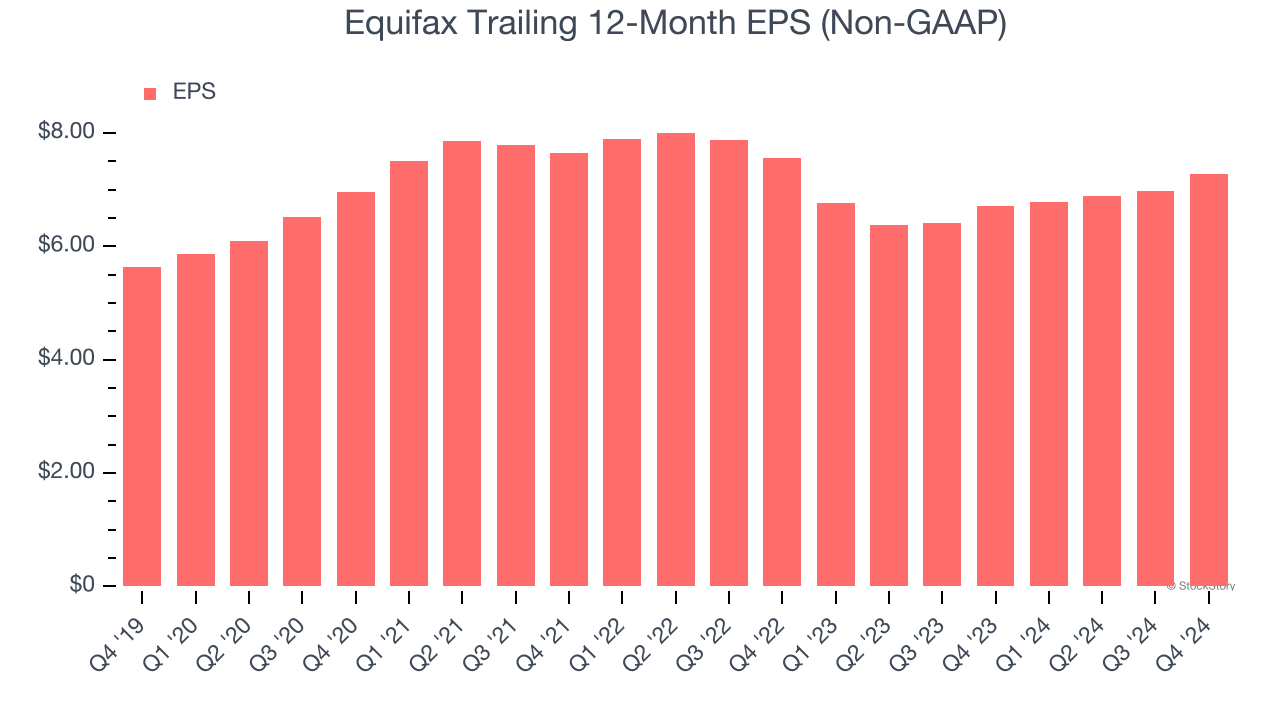
3. Previous Growth Initiatives Haven’t Impressed
Growth gives us insight into a company’s long-term potential, but how capital-efficient was that growth? Enter ROIC, a metric showing how much operating profit a company generates relative to the money it has raised (debt and equity).
Equifax historically did a mediocre job investing in profitable growth initiatives. Its five-year average ROIC was 10.4%, somewhat low compared to the best business services companies that consistently pump out 25%+.
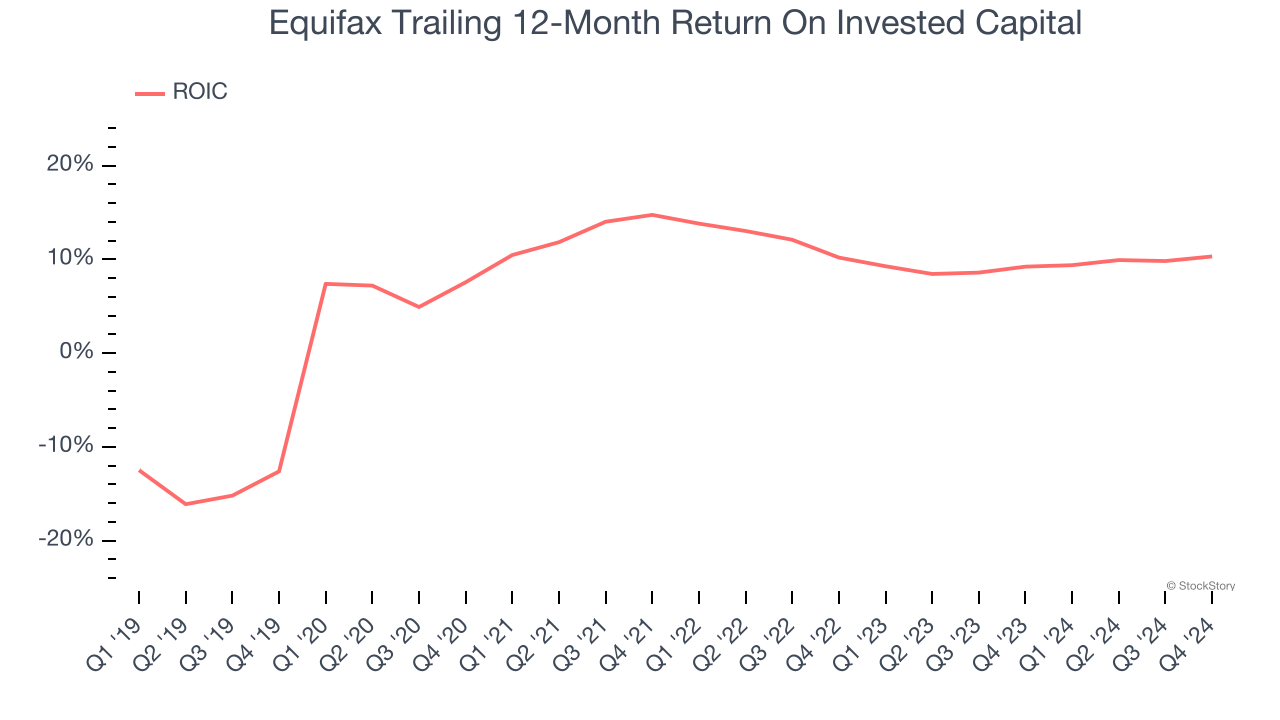
Final Judgment
Equifax’s business quality ultimately falls short of our standards. After the recent drawdown, the stock trades at 27.9× forward price-to-earnings (or $240.47 per share). This valuation tells us a lot of optimism is priced in - we think there are better investment opportunities out there. We’d recommend looking at an all-weather company that owns household favorite Taco Bell.
Stocks We Would Buy Instead of Equifax
The elections are now behind us. With rates dropping and inflation cooling, many analysts expect a breakout market - and we’re zeroing in on the stocks that could benefit immensely.
Take advantage of the rebound by checking out our Top 9 Market-Beating Stocks. This is a curated list of our High Quality stocks that have generated a market-beating return of 175% over the last five years.
Stocks that made our list in 2019 include now familiar names such as Nvidia (+2,183% between December 2019 and December 2024) as well as under-the-radar businesses like Sterling Infrastructure (+1,096% five-year return). Find your next big winner with StockStory today for free.

